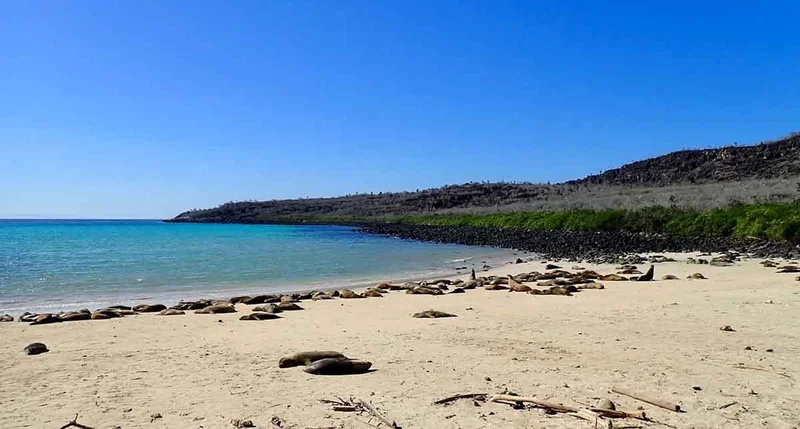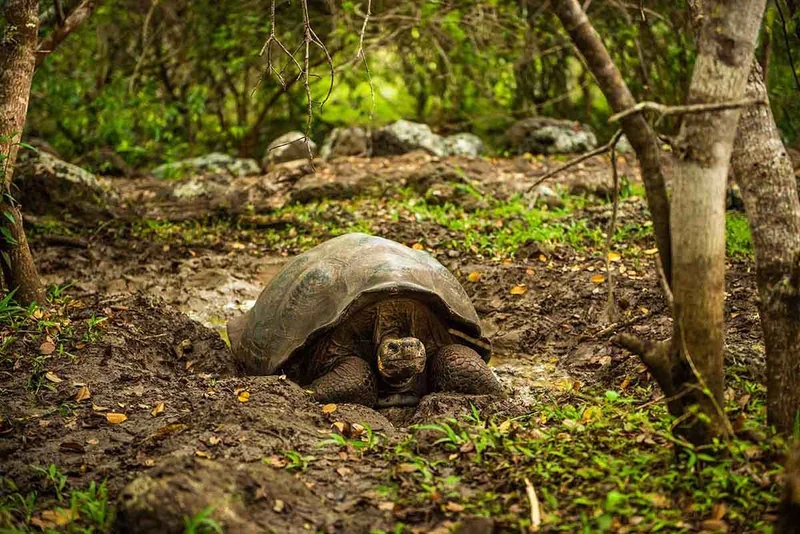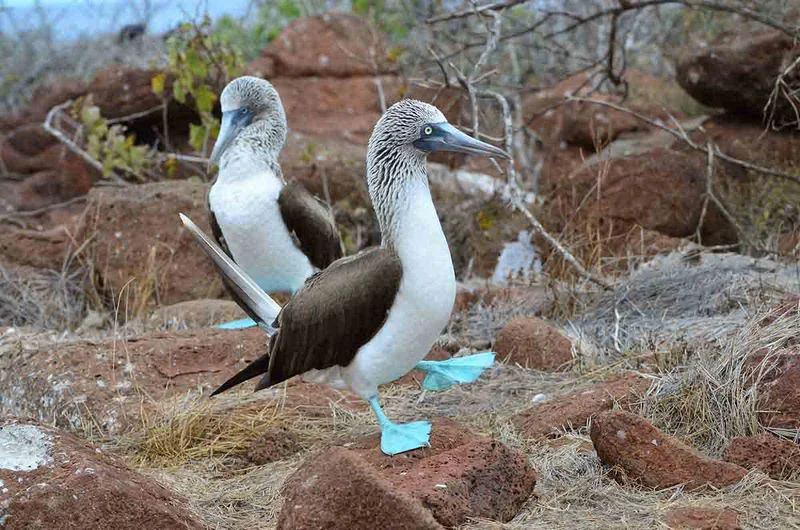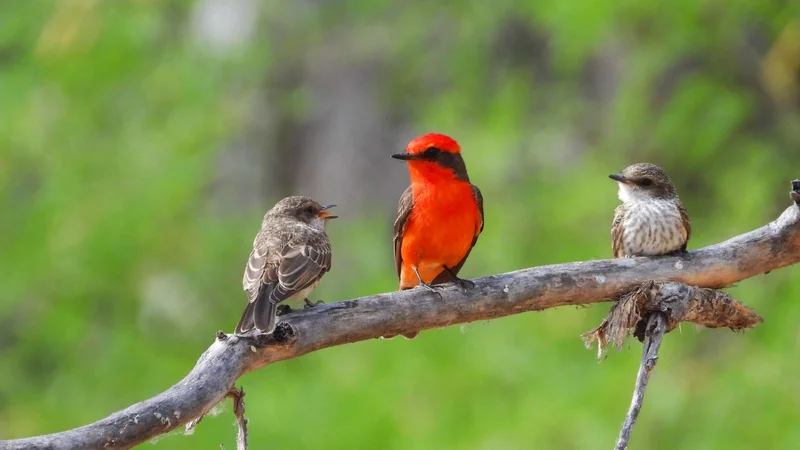Experience the Galapagos Islands with an enriching 8-day itinerary aboard The Beagle. Visit iconic sites like Bachas Beach, Sierra Negra Volcano, and Darwin Bay. Encounter incredible wildlife such as giant tortoises, penguins, and marine iguanas, and partake in activities like snorkeling, hiking, and birdwatching. Perfect for nature and adventure enthusiasts.

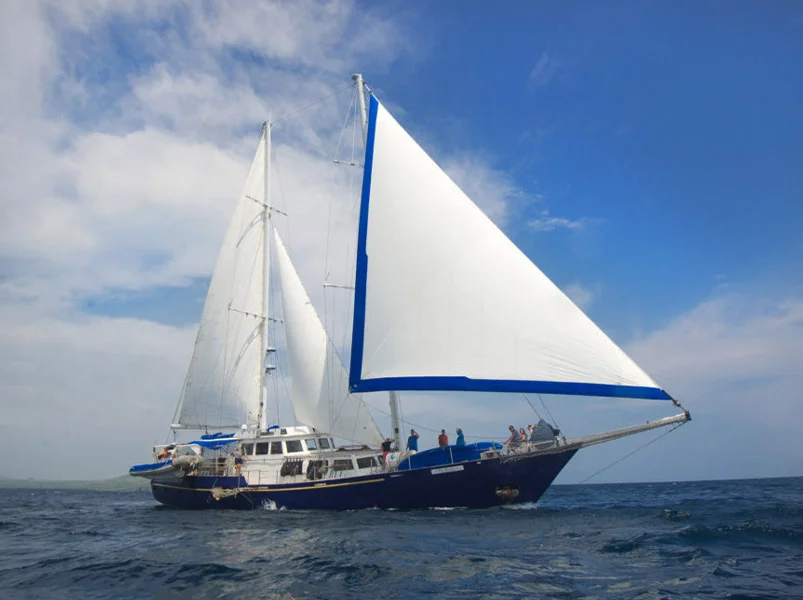
8 Day Galapagos Itinerary
Day 1: Baltra Island & Santa Cruz Island: Bachas Beach
On arrival at Baltra Airport all visitors pay their entrance fee to the Galapagos National Park. You will then be met by The Beagle’s naturalist guide who will assist you with your luggage collection and accompany you on a short bus ride to the harbor to board The Beagle.
After a light lunch The Beagle will navigate to Las Bachas. Located on the northern shore of Santa Cruz Island. Las Bachas is a white sand beach that is a major nesting site for the green sea turtles. The name “Las Bachas” (“potholes”) refers to the indentations left in the sand by laying turtles or departing hatchlings. On the shore there are marine iguanas, and in the lagoon area flamingos are common. Visitors are welcome to swim from the beach.
Day 2: Genovesa Island: Prince Philips Steps & Darwin Bay
After a dry landing you climb up the fairly steep Prince Philip’s Steps that take you onto a lava rock trail leading you through Palo Santo forest full of nesting birds. There’s a good chance of seeing the unique short-eared owl at this site.
After lunch and a snorkel along the amazing cliff sides, you visit the beach area of Darwin Bay, home to frigate birds, red-footed boobies, Nazca boobies, flycatchers, lava gulls, storm petrels and Darwin finches, to mention some of the birds found in this bay, formed from a caldera collapse.
Day 3: Santiago Island: Puerto Egas
After a wet landing at Puerto Egas, also known as James Bay, onto a black beach, an easy stroll takes you near the coast line to observe tidal pools, marine birds, iguanas and sea lions, and often migratory birds are present in this area. This is also a good place to observe the Galapagos hawk. The trail ends at the fur sea lion grottos and, being nocturnal feeders, the fur seals sleep in and around the grottos during the day. On returning to the beach visitors may snorkel or swim.
After lunch The Beagle will start navigating to the west side of Isabela Island.
Day 4: Isabela Island: Punta Vicente Roca & Punta Espinoza
Punta Vicente Roca offers a dinghy ride, excellent for marine life observation, to a snorkel area where underwater wildlife take full advantage of the nutrient-rich Cromwell current that upswells in this area.
Fernandina is the youngest island of the Archipelago. As you disembark at Punta Espinoza, you must be careful not to step on the marine iguanas piled up together to retain body heat. This visiting site is rich in wildlife, sea lions, flightless cormorants, penguins, herons, Sally light-foot crabs and much more, all living side by side on this small point with its mangrove forest.
Day 5: Isabela Island: Tagus Cove & Urbina Bay
The 30 minute hike at Tagus Cove takes you to the top of a cliff to view the volcanic landscapes of Darwin Volcano and Darwin Lake, the latter an uplifted ultra-saline lake saltier than the sea. Historically used as an anchorage site by pirates and whalers, this site is again an excellent place for marine and land birds.
Located to the south at the foot of the western side of Alcedo Volcano, Urbina Bay was uplifted in 1954 from the seabed leaving coral heads sitting out of the water. There is a large colony of land iguana, which has grown since the feral dogs and goats have been controlled through Project Isabela. It also affords an opportunity to see the Alcedo Volcano tortoise in its natural habitat.
Day 6: Isabela Island: Elizabeth Bay & Punta Moreno
Elizabeth Bay is a marine visitor site so the excursion is made by dinghy to the Mariela Rocks, where there is an important colony of Galapagos penguins. The dinghy ride takes you into a cove surrounded by red mangrove. Here in these quiet lagoons there may be green sea turtles, spotted eagle rays, golden rays, brown pelicans, small shark and flightless cormorants.
A lava walk takes you to a series of lagoons with plenty to see along the way. Darwin’s finches, Galapagos doves, penguins, blue-footed boobies, mockingbirds and flightless cormorants are some of the abundant wild life. Still on Isabela, the largest island in Galapagos, you will explore Punta Moreno, a desolate and pristine landscape of impressive black lava flows affording good views of Alcedo and Sierra Azul volcanoes.
Day 7: Isabela Island: Sierra Negra Volcano, Arnaldo Tupiza Breeding Center & Villamil Port
After breakfast, passengers head for the Sierra Negra volcano, the second largest volcanic crater in the world. It sits in the southern part of Isabela Island. Transportation is available to the end of the road, followed by a 45-minute walk on a trail to the top of the volcano from where the caldera can be viewed.
Upon returning from the hike, passengers visit the Arnaldo Tupiza Breeding Center, to see the giant tortoises. Lunch is served upon their return to The Beagle, and afterwards, those who wish to can go swimming in one of the coves of Villamil Port.
In the afternoon the boat begins traveling toward Puerto Ayora.
Day 8: Santa Cruz Island: Puerto Ayora & Baltra Airport
Departing visitors going to Baltra Airport and those who are remaining on The Beagle for a second week will all go together in a bus to the Gemelos, located in the highlands of Santa Cruz Island. These pit craters are just off the main road that crosses the island to the airport.
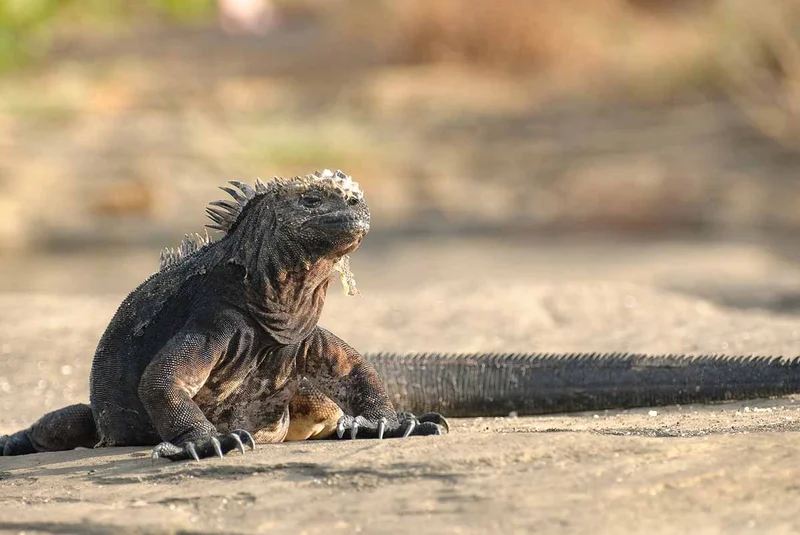
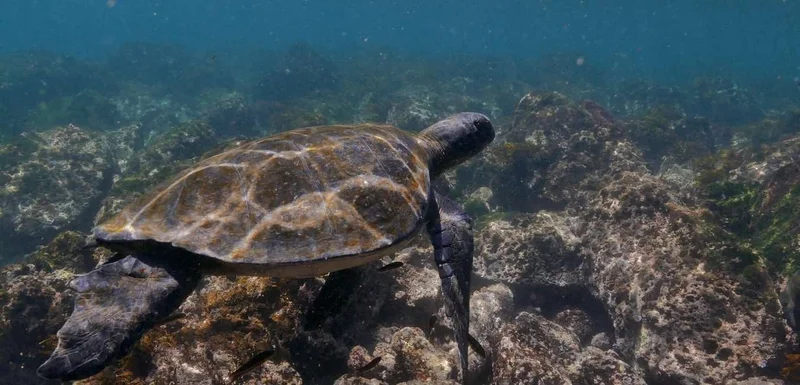
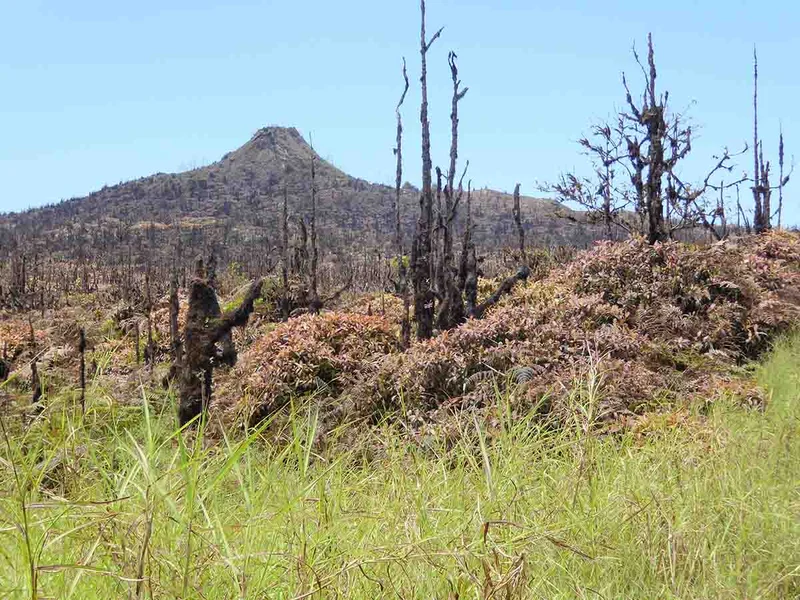
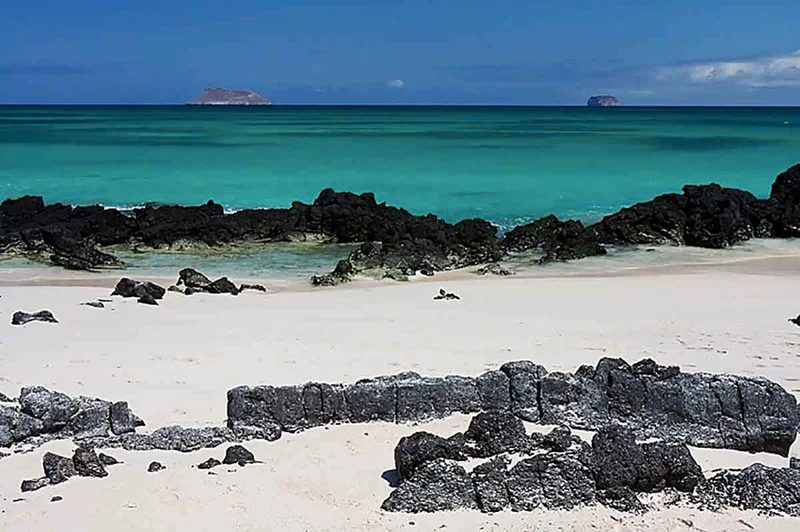
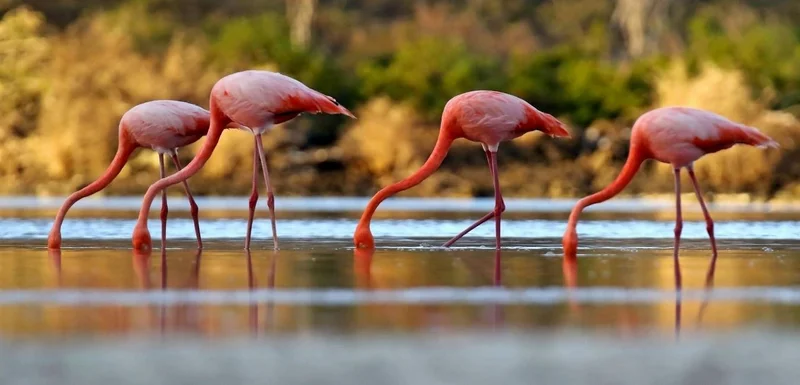
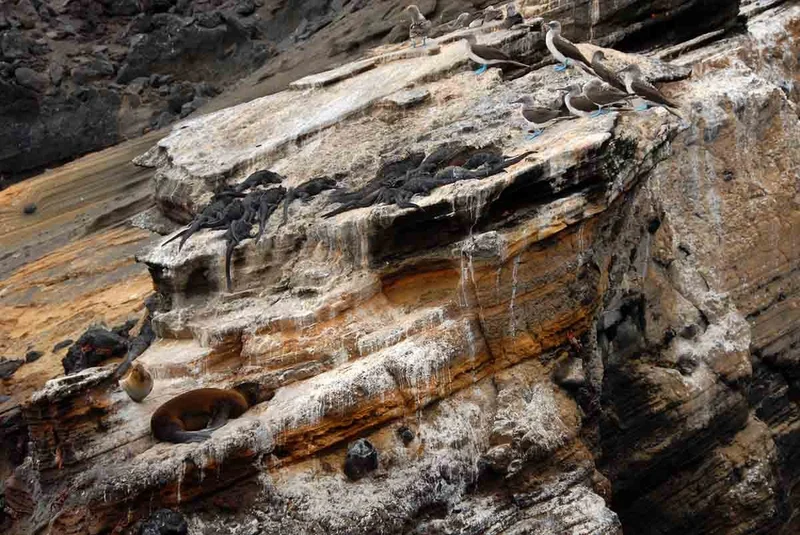
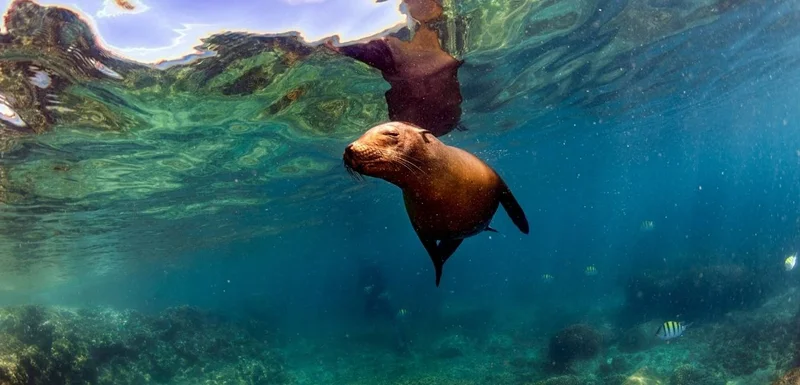
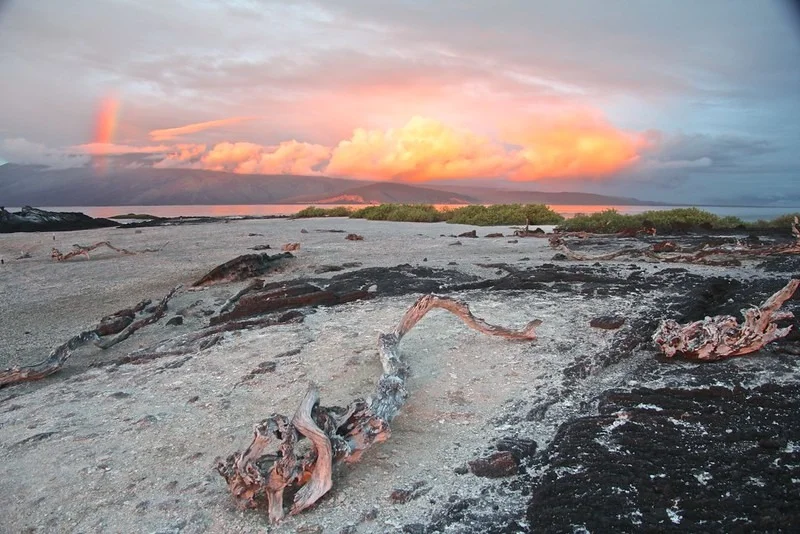
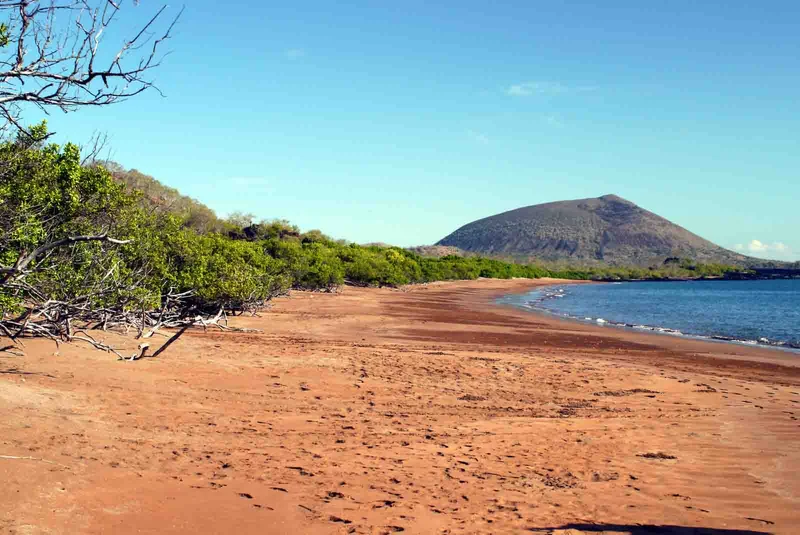
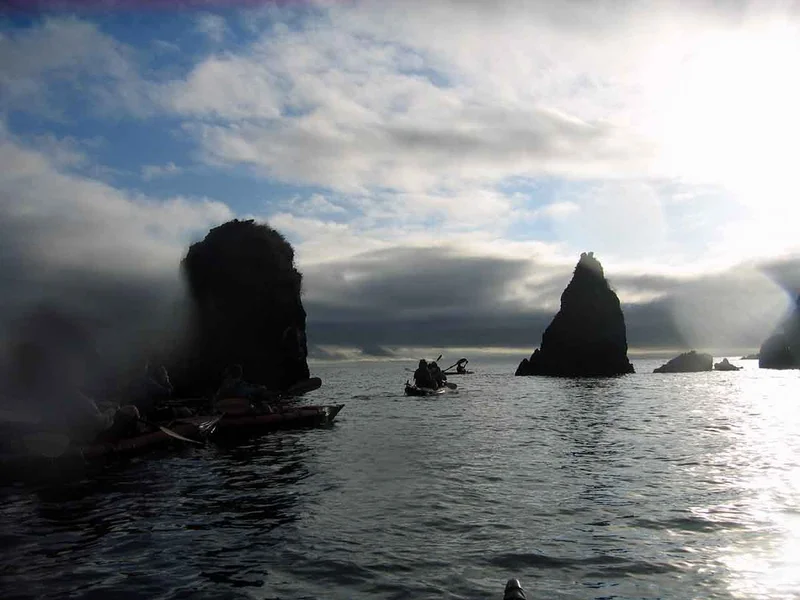
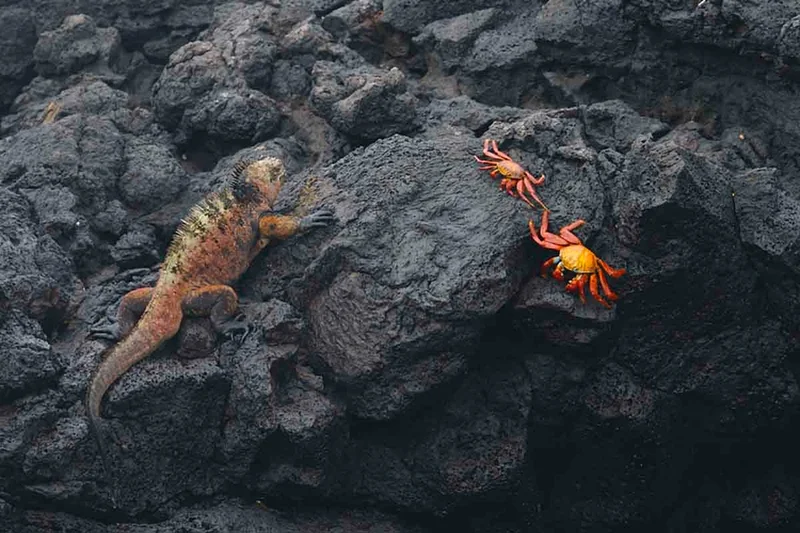
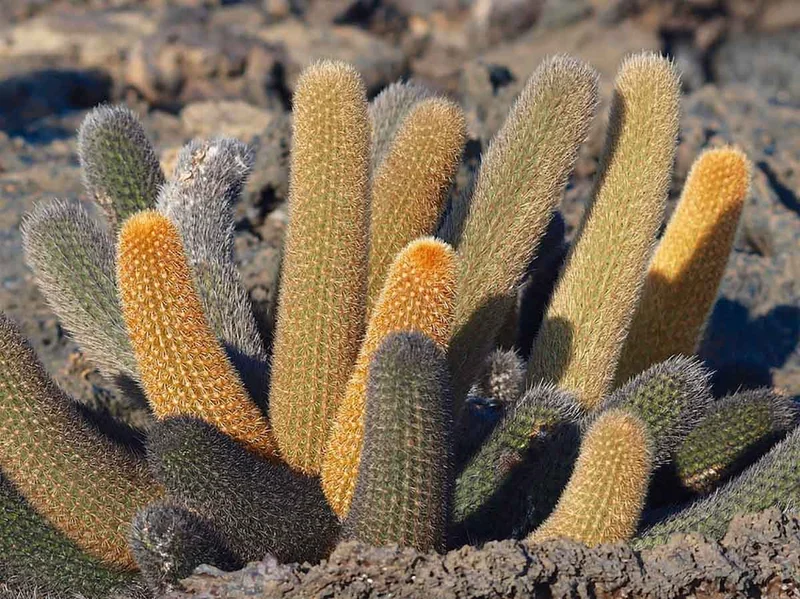
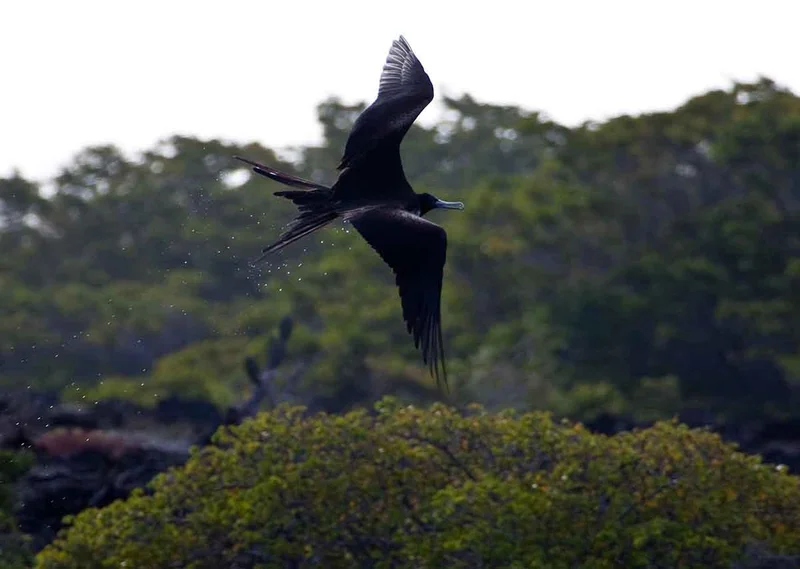
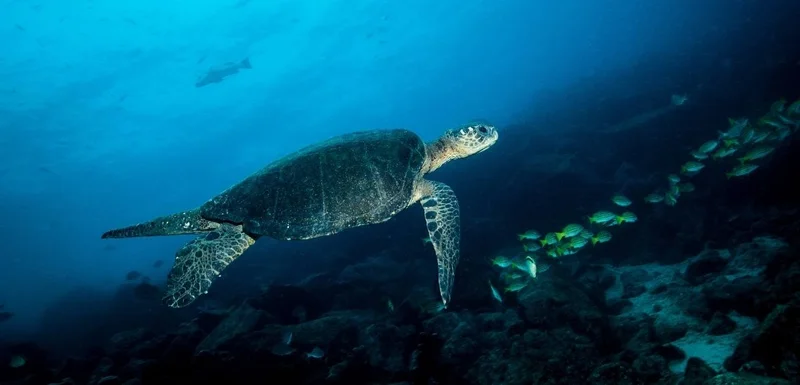
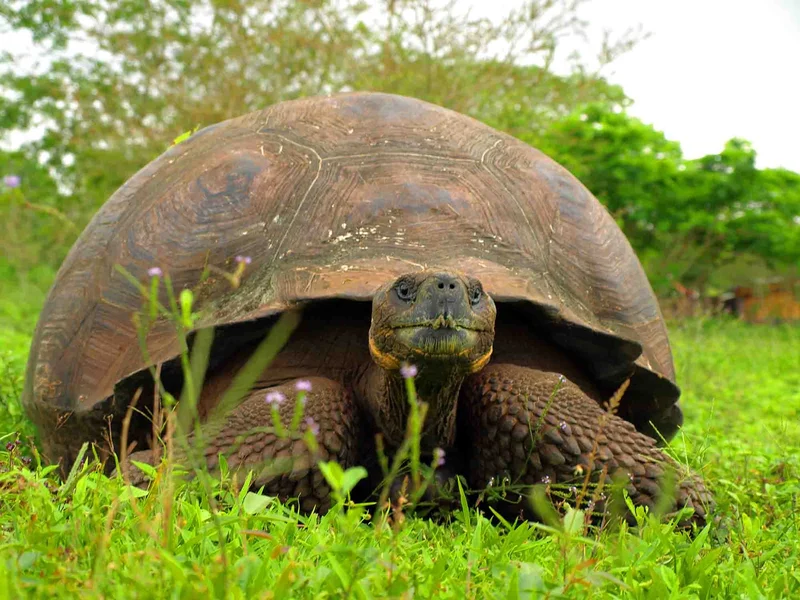
Itinerary Map
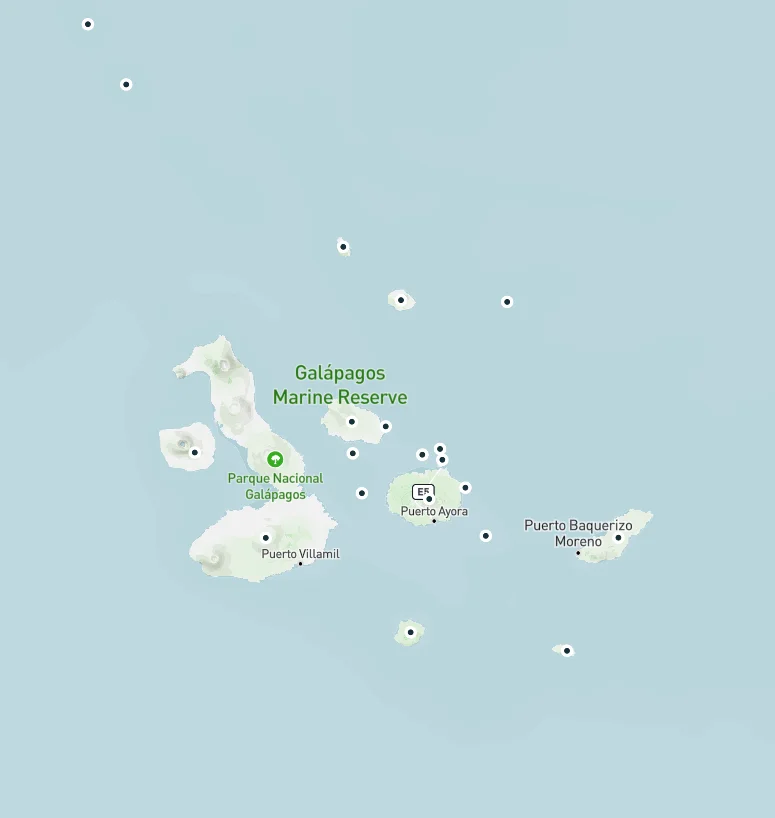
Reviews
Galapagos Northwest Wonders: Isabela & Santiago - Beagle Sailboat Sail Boat
Why travel with us?
Similar Itineraries
